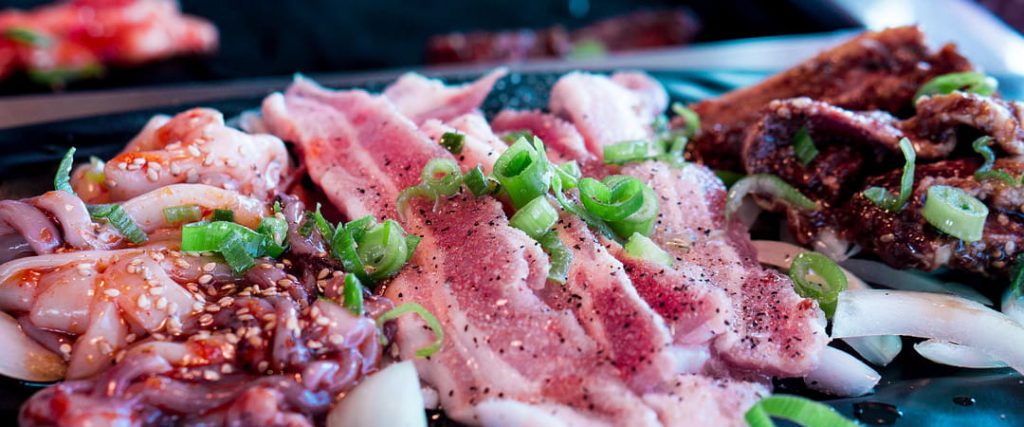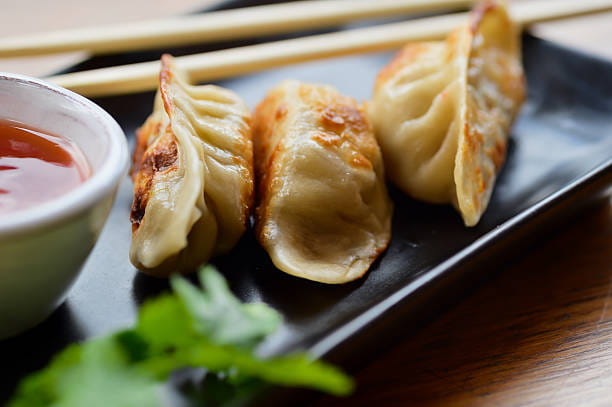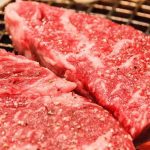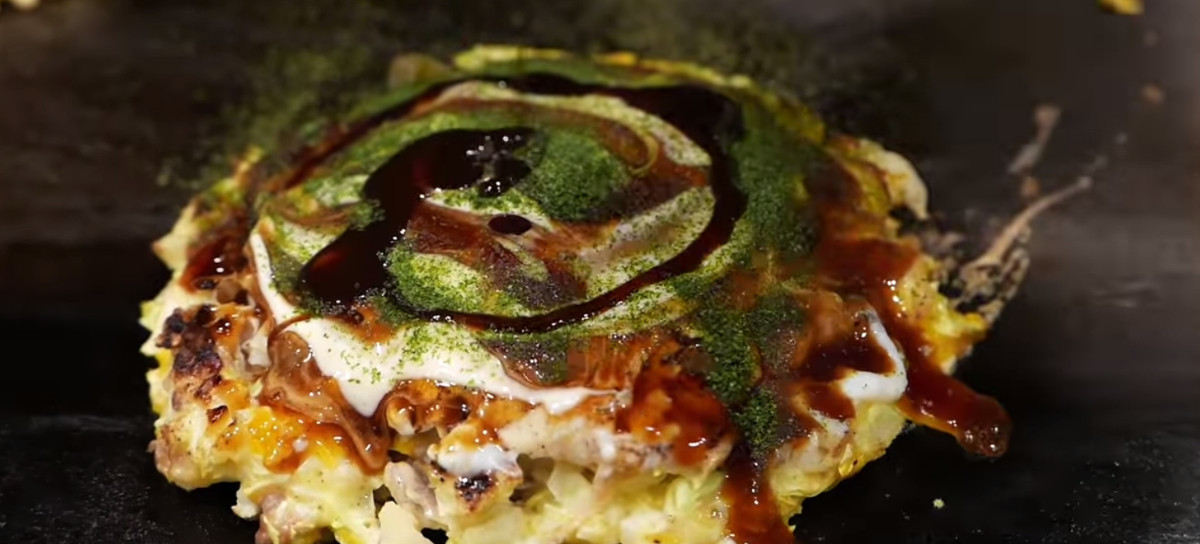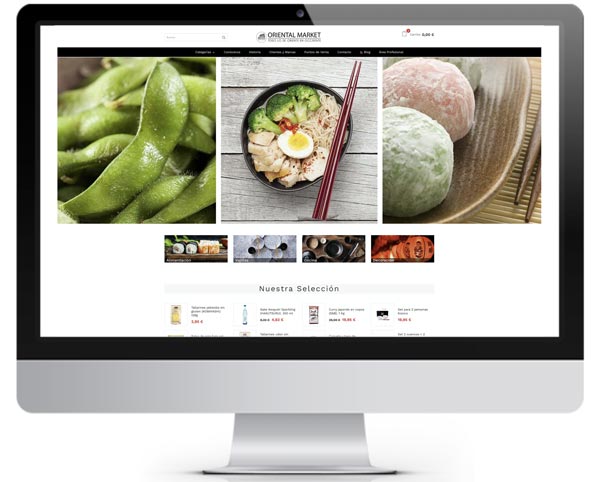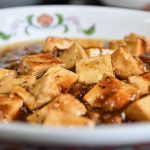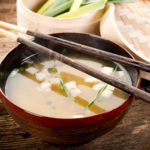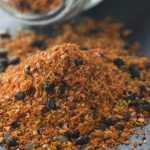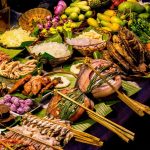If you go to Google and type in “Yakiniku” you will probably have found thousands of articles that refer to this Japanese word. However, the doubt arises when you read them and see that some of them refer to a type of dish, others to a style of cooking and others to a specific sauce, to give some examples… Which is the right choice? I don’t want to discourage you, but in reality, they are all correct. The word “Yakiniku” has become a trend and is used to refer to the ingredients and recipe of any grilled meat dish in Japanese cuisine. A style of cooking meat in chunks to which a special sauce is usually added. This week, from Oriental Market, we want you to know ALL about yakiniku and its incorporation to some of the best restaurants in our country:
Find out all about this dish
When we mention Yakiniku in Japan, we are dealing with what is accidentally known as “barbecued meat”, but which stands out for its very different peculiarities. Yakiniku is an assortment of meats that are always of very good quality, finely sliced and cut into small pieces. This is important because in oriental cuisine, chopsticks are commonly used. It should be noted that in addition to meat, vegetables can be found more and more often in a “Yakiniku”, as in any typical western grill, as well as seafood. The finishing touch to this delicacy comes with the sauce of the same name, Yakiniku sauce.
Have you ever travelled to Japan and been to a Yakinuku restaurant? They are characterised by including a small charcoal brazier in the middle of the diners’ table where customers can grill the raw meat directly and get it to their liking in 30/60 seconds. The menu includes a wide range of meats so you can choose the one you fancy or try local delicacies such as “beef tongue steaks” or the exquisite Kobe beef. It is a fun time to enjoy even more the preparation of the ingredients of this gastronomy.
To accompany the meats that are usually grilled in Japan, vegetables or cereals such as rice or corn can be used. Among the most common vegetables we can find: aubergine and courgette, tomatoes and peppers.
Buy Yakiniku sauce at our online shop
imacPrestashop_products products=”3079,5540″ language=”1″]
Origin of Yakiniku
The origins of this dish date back to the Second World War. There is a commonly accepted theory that yakinuku is formerly known as “horumon-yaki” (leftover grilled beef or pork), which was introduced to Japan by Korean immigrants. Later, the stalls known as “Horumon-yaki” were those where the pork loin and ribs were used, and which have now become well-known restaurants. Undoubtedly, this dish has been a rising trend throughout history as it went from being a #streetfood dish to become the delicatessen of restaurants that either include this dish in their menu or are dedicated exclusively to it.
Being a native Japanese dish that came to Korea later, there are two different ways of preparing it. While the Korean version is characterised by marinating the meat before grilling it (always using Yakiniku sauce), in the Japanese version it is the opposite, the meat is presented raw and “dipped” in sauce before eating. Now, this dish has landed in Spain, ready to delight the most exquisite palates and to create a unique and shared experience in oriental restaurants.

